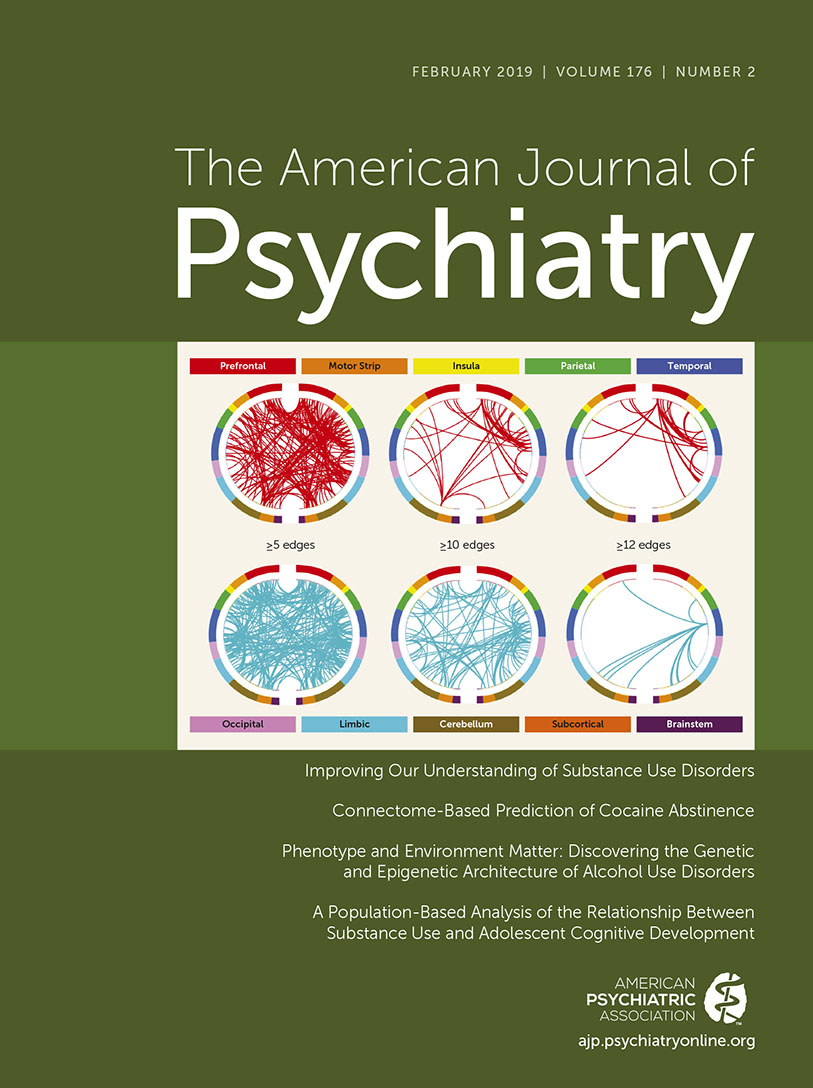Mega-Analysis of Gray Matter Volume in Substance Dependence: General and Substance-Specific Regional Effects
Abstract
Objective:
Although lower brain volume has been routinely observed in individuals with substance dependence compared with nondependent control subjects, the brain regions exhibiting lower volume have not been consistent across studies. In addition, it is not clear whether a common set of regions are involved in substance dependence regardless of the substance used or whether some brain volume effects are substance specific. Resolution of these issues may contribute to the identification of clinically relevant imaging biomarkers. Using pooled data from 14 countries, the authors sought to identify general and substance-specific associations between dependence and regional brain volumes.
Method:
Brain structure was examined in a mega-analysis of previously published data pooled from 23 laboratories, including 3,240 individuals, 2,140 of whom had substance dependence on one of five substances: alcohol, nicotine, cocaine, methamphetamine, or cannabis. Subcortical volume and cortical thickness in regions defined by FreeSurfer were compared with nondependent control subjects when all sampled substance categories were combined, as well as separately, while controlling for age, sex, imaging site, and total intracranial volume. Because of extensive associations with alcohol dependence, a secondary contrast was also performed for dependence on all substances except alcohol. An optimized split-half strategy was used to assess the reliability of the findings.
Results:
Lower volume or thickness was observed in many brain regions in individuals with substance dependence. The greatest effects were associated with alcohol use disorder. A set of affected regions related to dependence in general, regardless of the substance, included the insula and the medial orbitofrontal cortex. Furthermore, a support vector machine multivariate classification of regional brain volumes successfully classified individuals with substance dependence on alcohol or nicotine relative to nondependent control subjects.
Conclusions:
The results indicate that dependence on a range of different substances shares a common neural substrate and that differential patterns of regional volume could serve as useful biomarkers of dependence on alcohol and nicotine.



